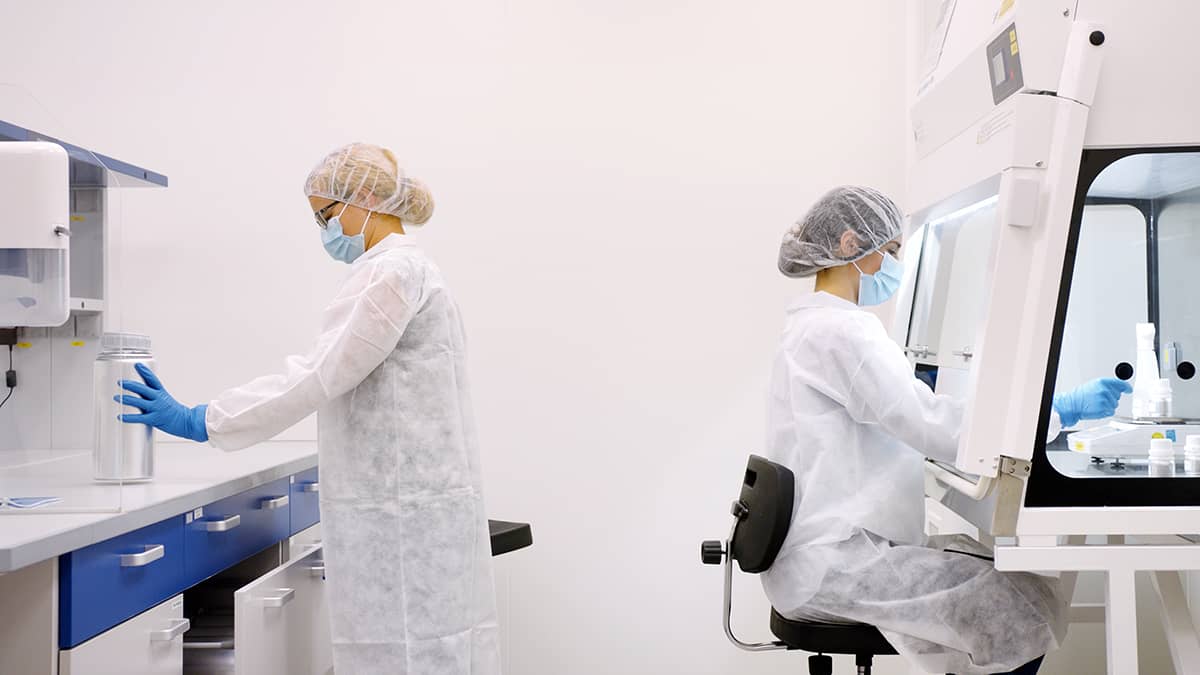Hemp is a multipotent plant that comes in handy anywhere from building (hempcrete) to textiles (hemp fabric) to medicine (THC in dronabinol and CBD in epidiolex). Cannabis plant contains plethora of various cannabinoids: THC, CBD, CBN, CBG, CBC and others. What is the difference between CBD, CBG and CBN? These three plus THC are major cannabinoids found in hemp.
CBG (cannabigerol) is a very interesting compound – it can be harvested from hemp either in CBGA (cannabigerolic acid) or CBG forms. It is the primary or so-called mother cannabinoid as every other cannabinoid in the plant is
iosynthesised exactly from CBG or CBGA! To be precise, each different cannabis strain produces a specific profile of cannabinoids with varying amounts of CBN, CBG, CBD and THC and this is why each strain has different potencies.
Apart from THC and CBG, CBD (cannabidiol) is often found in the plant. Actually, decades of cannabinoid research and development has revealed that CBD vs CBG have contrasting characteristics. On the molecular level, CBG has one aromatic ring with two side chains, whereas CBD has two rings and one aliphatic chain. These molecular changes explain why these molecules interact with receptors (CB1, CB2 and others) in dissimilar fashion. That’s why even though both CBD vs CBG interact with our endocannabiniod system (ECS), they perform this wildly distinctively. But we’ll discuss this a bit later.
Since we already know CBG, let’s explore what is CBD? CBD (cannabidiol) is a major cannabinoid apparent in almost all strains of cannabis. It is enzymatically converted into THC in the plant. CBD has proven medically beneficial properties as it is used to treat epilepsy. Scientifically, it is a phenolic compound and the same is true for CBG. Phenolic compounds are known to show some to high antimicrobial activities, hence it’s exciting that an in vitro (performed in a petri dish) study reported several years ago showed that both CBD and CBG act as antibacterial agents up to some extent.
So what is that distinctive character of binding of CBD vs CBG to receptors? Literature reveals that CBD is an antagonist of CB1 receptors, whereas CBG was shown to be partial agonist. However, both of them are CB2 receptor agonists. And only this already clearly reveals that their activity inside the body will be divergent. What is more, CBG is an antagonist of 5-HT1A, whereas CBD is an agonist of the same receptor, which deals with regulation of serotonin levels in the body. So there’s great deal of things to learn from cannabinoids.
To conclude, CBD vs CBG is an interesting topic and there is many more research that is currently being performed worldwide. Do these two cannabiniods have differences? Yes, lots of them. But they also share some similarities and that is why new research findings keep coming, so we’ll try to keep you up-to-date with latest news in cannabis world!
Sources
https://pubmed.ncbi.nlm.nih.gov/21175579/
https://pubs.acs.org/doi/10.1021/np8002673
https://www.sciencedirect.com/science/article/pii/B9780128007563000831
https://www.frontiersin.org/articles/10.3389/fnbeh.2020.611278/full
https://pubmed.ncbi.nlm.nih.gov/16258853/


